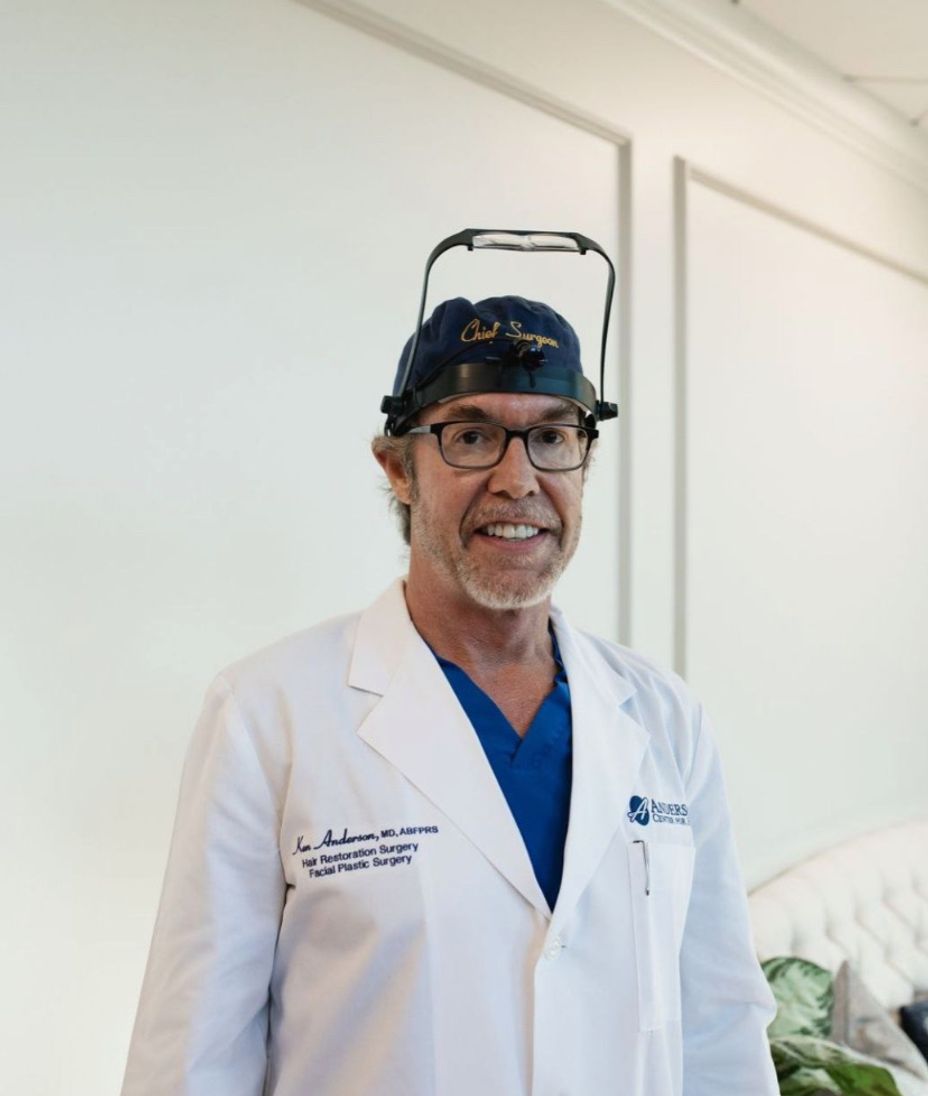Hypogammaglobulinemia #
This is actually Waterlily but no matter what email I sign on with, I can't get to my personal account moniker.
Hypogammaglobulinemia describes low levels of immunoglobulins in your body. Immunoglobulins are antibodies that fight germs like viruses and bacteria that can make you sick. Having low levels may increase your risk of infections and other diseases. Antibiotics, immunoglobulin replacement therapy and stem cell transplant are potential treatments. I get Chemical Asceptic Meningitis whenever I get an IVIG Infusion. I have very low IgG1 and IgA's in my blood. That in turn creates almost untreatable Pneumonia, Bronchiectasis, cancer, and organ failures. There are only two immunologists in Minnesota. Fairview University of Minnesota and Plymouth Minnesota. I got IVIG infusions for years without issue and then one day I started getting Chemical Asceptic Meningitis within a day or two of IVIG administration. After not taking any for 5-6 years, I tried it again. The first infusion went well except for a little headache. The second required emergency hospitalization because it causes the lining on my brain to swell and then I go downhill fast. This information doesn't always make it to the doctor's attending me from the emergency room. I have to wait to talk to the doctors directly and at that point I can barely speak. I can only go to one hospital for that reaction, and there's only a couple doctor's there that know how to treat it. It starts with a lumbar puncture to test the spinal fluid. I think that they test for high white blood cells and other information. So far I've healed with their assistance. One of these times I won't be as lucky. I am off any type of IVIG Infusions now, but I know I will need to get IVIG Infusions again when I get too many infections and, organ failures or cancer. I've also had a hard life from childhood on up. Almost my entire family struggles with mental health issues. My mom had lupus as I do. A Rheumatologist told me it was inherited. I have a daughter with some early symptoms that I've been keeping my eye on. I will help guide whenever I feel I have knowledge that might help. Bless all your hearts through your struggles. I'm currently in the hospital healing from a bilateral L4-5 decompression lumber spine surgery. I have a wonderful care team and my daughter is here when she is able. She's carrying a 4.0 in college and I'm so proud of her. She has 3 types of epilepsy. Finally she found an Epilepsy doctor who knew exactly what medicines she needed to control them. She occasionally has break through mild seizures, but shes finally able to function. She had a stroke last month at 51 years of age and was temporarily paralyzed. Our lives are a journey. That is how we look at ours. It helps immensely. This is an informational post in case someone can use this information. I'm here while recovering from surgery. Feel free to reach out any time. It may take me a little while to reply, but I will do my best. Bless you all on your life journeys. #Hypogammaglobulinemia #Epilepsy #Stroke #Immunedisorders

